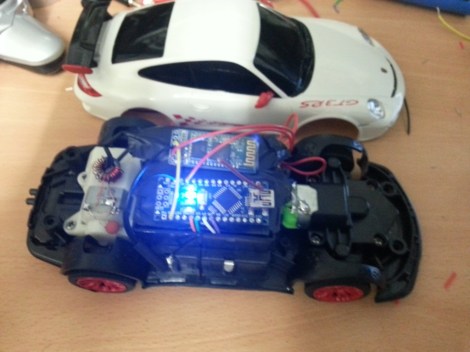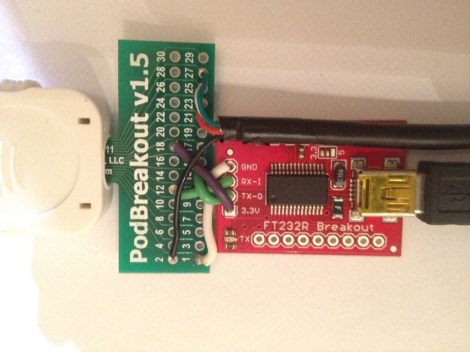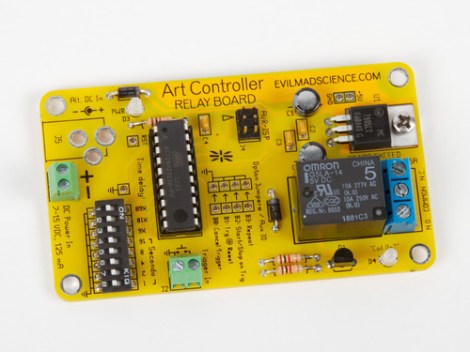
This coilgun started as a stock Airsoft rifle. The stock weapon cost about 40€ (just over $50), but we think it was well worth it since it provides plenty of room for all the coilgun components and solves most of the mechanical issues of the build like a body that is comfortable to hold, a trigger, etc.
The clear tube which serves as the barrel (the same setup as we saw in this coilgun guide) is protected by three stainless steel barrels which surround it. They each host a laser diode which results in a Predator-style aiming mechanism that is shown off in the video after the break. There’s even a night vision system that uses IR leds and a viewfinder attached to the stock.
A camera flash is scrapped for the transformer inside. This acts as the voltage generator, charging up a few capacitors. It seems to have no problem generating enough juice to work well, despite the fact that it’s only being powered from two AA batteries mounted in the magazine.
Continue reading “Coilgun With Laser Sights Built In An Airsoft Rifle Housing”
















